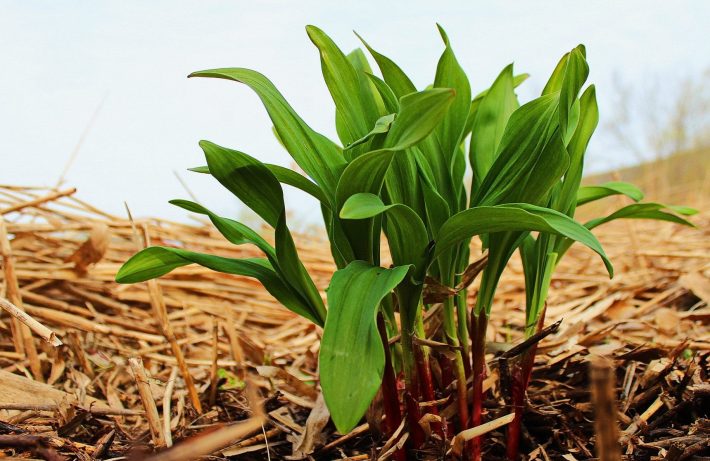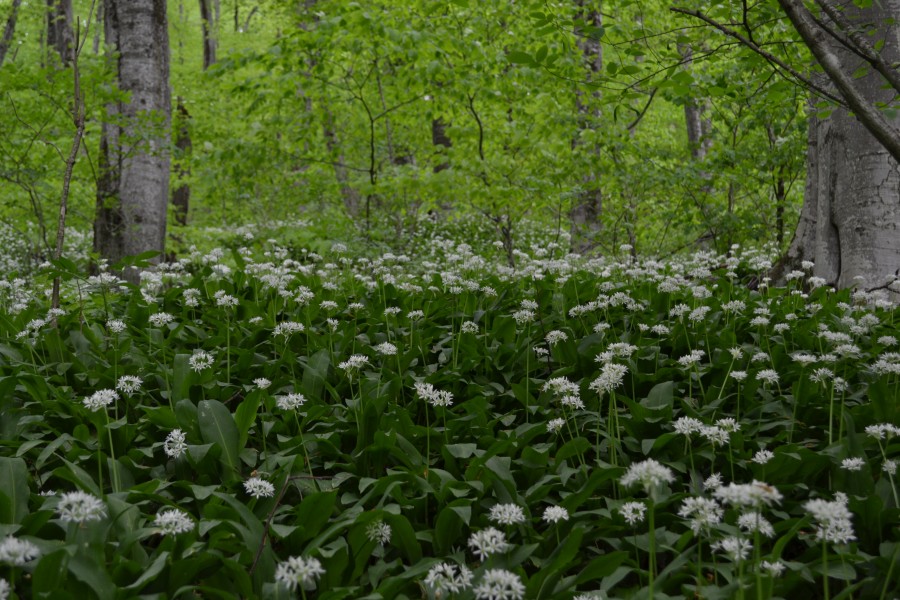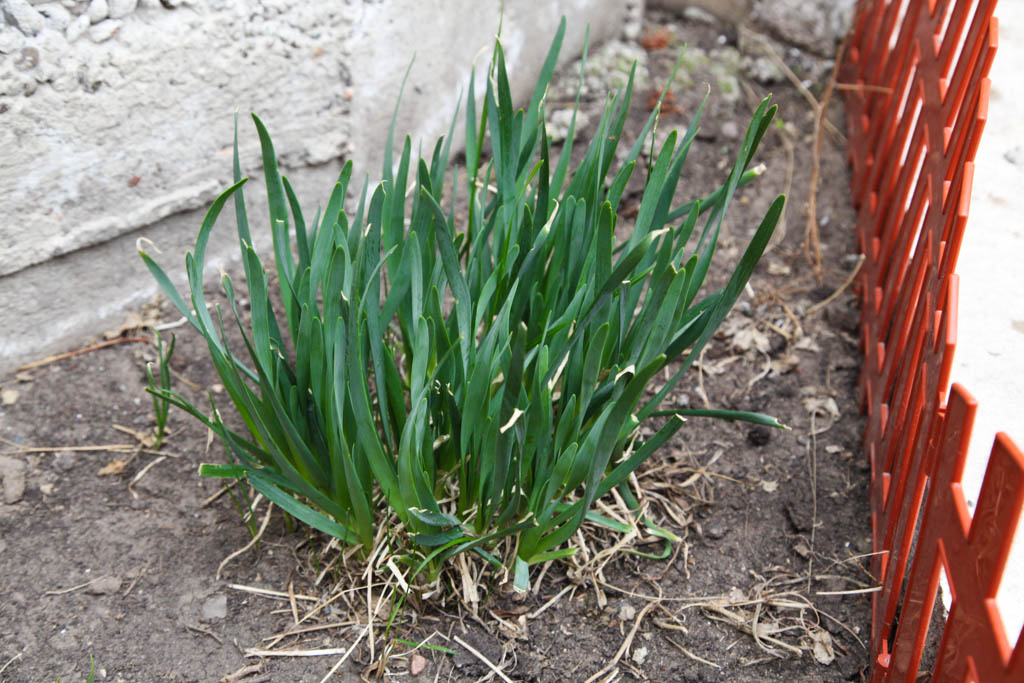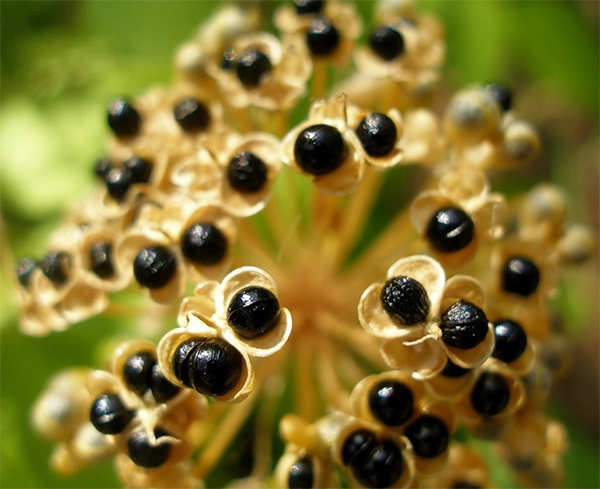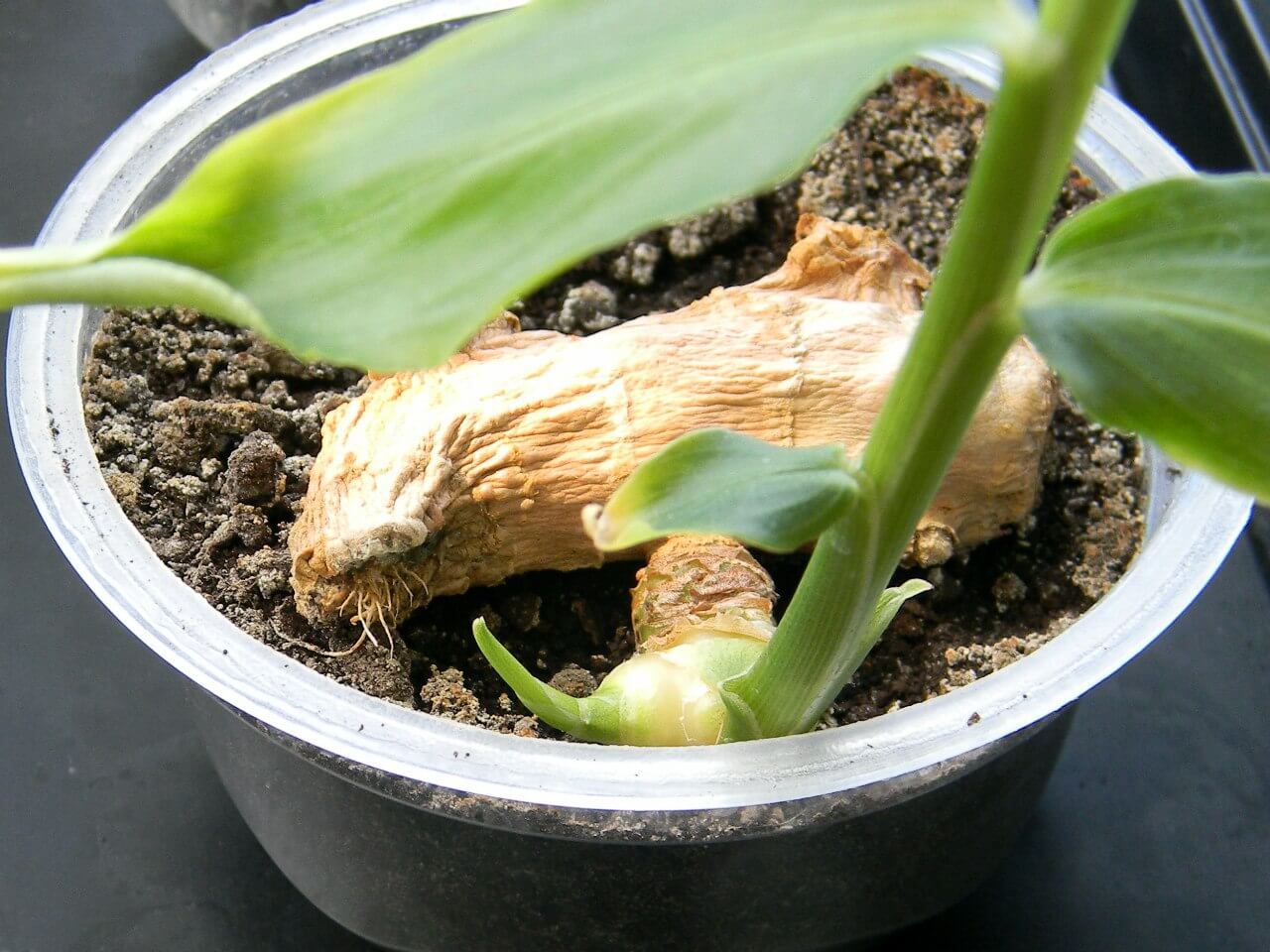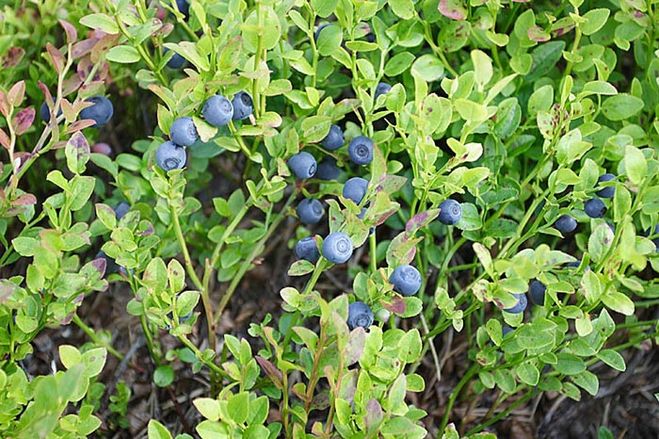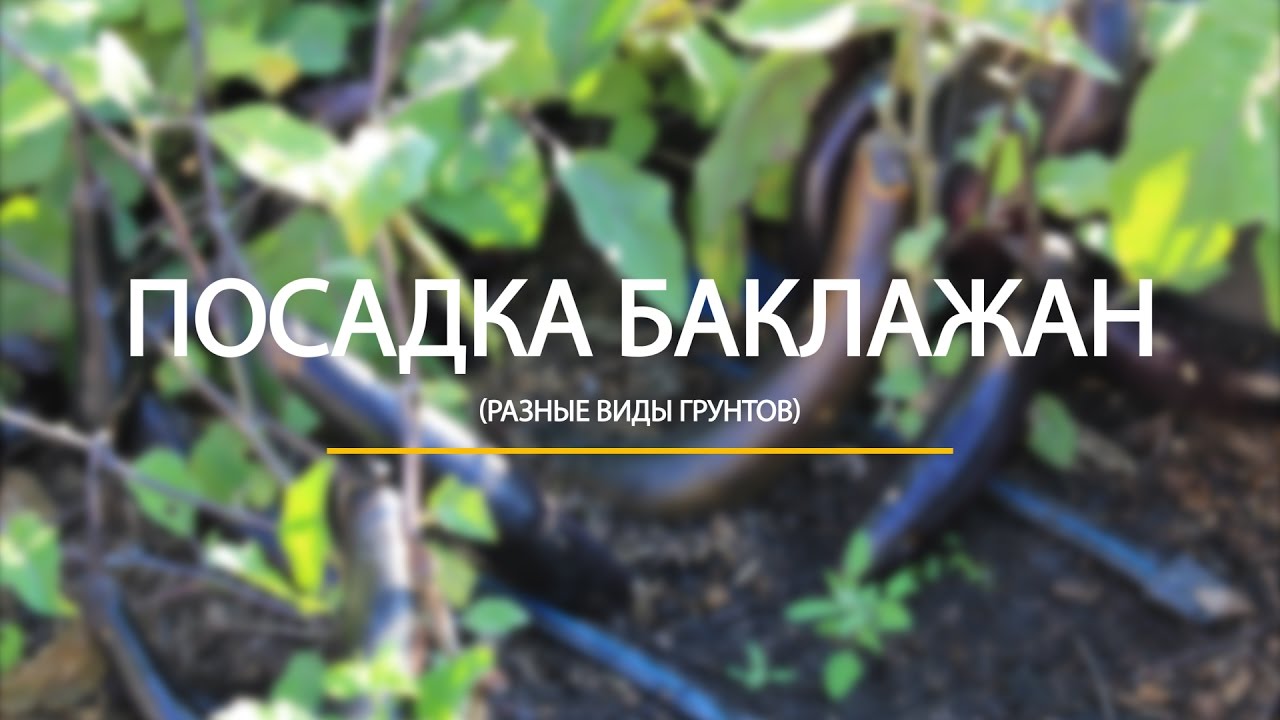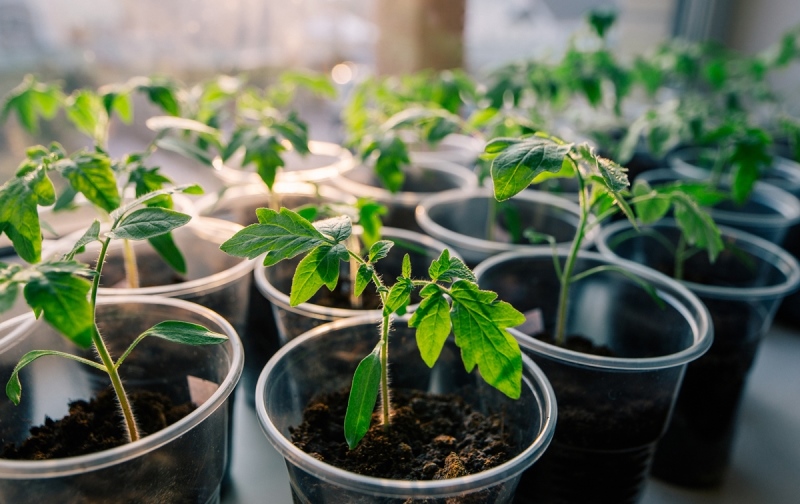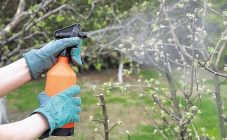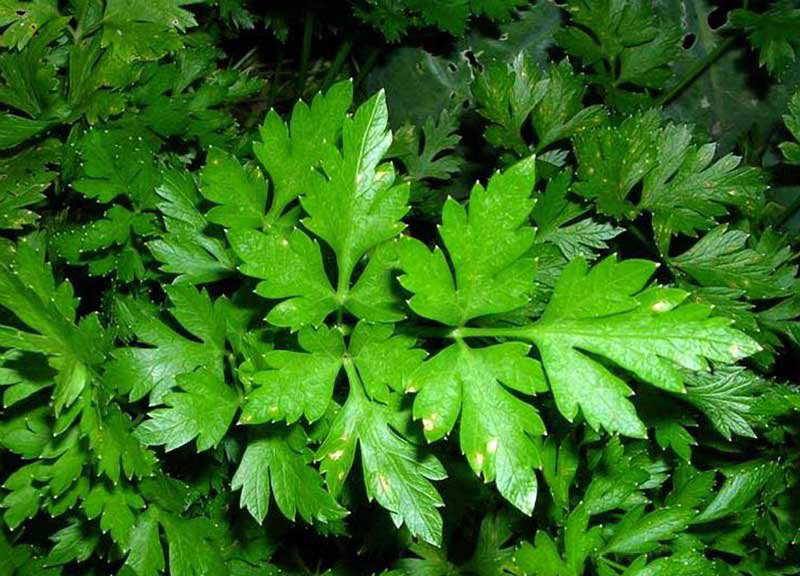Content:
Ramson is a perennial plant of the Onion family. It tastes like garlic, outwardly resembles a broadleaf onion, having the same onion structure as onions. The leaves are somewhat similar to the leaves of the lily of the valley, such a similarity with different plants has secured a variety of folk names for it. For its resemblance to the bulbous wild garlic, wild garlic is called bear onion, it is also known as levurda, flask. People have been eating it since time immemorial, gradually taming the healthy natural spicy herb to their garden.
Scope of distribution
The age of this plant is unknown. However, there is information that people ate it about 4 thousand years ago. This is not surprising - the herb has many beneficial properties, it is tasty, both bulbs and stems with leaves are eaten.
Wild-growing wild garlic has a wide growing area. The map of the territories where wild garlic grows is very extensive. This is practically all of Europe, many regions of Asia. It is very common in the Caucasus.
If we talk about where wild garlic is found in our country (where it grows in Russia), it can be noted that the territory of distribution is so large that wild species of wild garlic can be found even up to the tundra zone. The plant is rather unpretentious, but it requires shade and moisture, and therefore the places where wild garlic grows are usually located in dense shady forests or in river valleys.
Wild wild garlic can be found in the Moscow region and the Leningrad region, the Pskov, Kaluga, Kaliningrad regions, the Bryansk region, Tatarstan are rich in it. But it was most widely spread in Russia in Kamchatka, Siberia, and the Far East. In Altai, they call it a flask, and in the spring the whole Altaysk goes to the depths of the taiga, where you can find this plant.
Wild garlic is widespread in the Urals, where it grows in thickets in forests; Altai wild garlic is well known. Krasnoyarsk is also rich in wild grass, it grows there on the slopes, in early spring the wild garlic is juicy there, almost sweet in taste. In general, the area of distribution is literally from Kamchatka to Kaliningrad, including even the Crimea, where you can easily find a wild bear onion in the mountains.
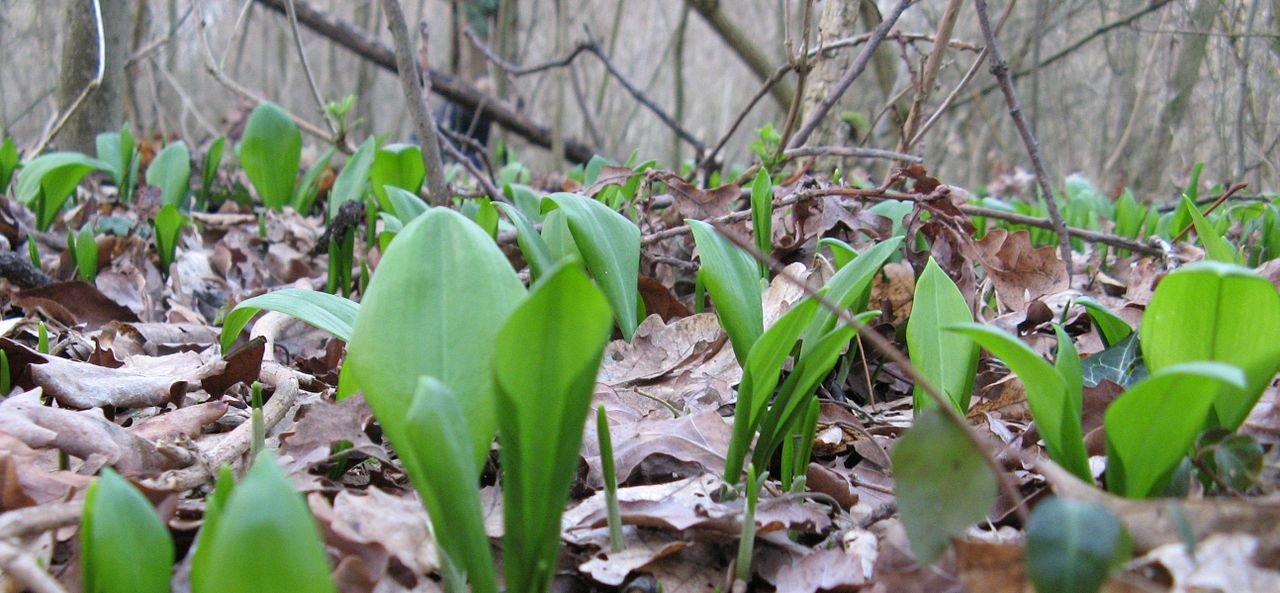
The most delicious and juicy wild garlic in early spring, when the leaves are just breaking through from the ground
In these regions, salads with wild garlic, preparations from it, pies stuffed with wild herbs and even hot dishes are extremely popular. Pickled and salted wild garlic is stored longer than the season of its main harvest.
Due to the enthusiasm for collecting this plant in certain territories of Russia (for example, in Leningrad, Smolensk, Bryansk and other regions), wild garlic is classified as a plant in the Red Book. Therefore, it is better to take and grow this useful plant in your garden, enriching your diet and decorating your garden. By the way, few people know how wild garlic blooms, because it is a very beautiful sight.
Wild garlic varieties and their features
In nature, there are two main types: bearish, more gentle and whimsical, and victorious, more resistant to frost. The cultivated species of wild garlic is recommended for cultivation. Among the plants registered in the State Register, there are three cultivars, all of which belong to the bear onion. They are early maturing, which means that they can grow to commercial maturity within two to three weeks from the beginning of regrowth. Let's call these varieties:
- "Bear's ear (ear)" - has long leaves from 20 to 30 cm, rather narrow. Up to 2.5 g of green mass can be collected from one square meter;
- "Bear" is a large-leaved variety with leaves up to 30 cm long, juicy and collected in high rosettes up to 60 cm. Average yield - 1.6 kg per sq. meters;
- "Bear delicacy" - is distinguished by its special tenderness and juiciness. Its leaves have a small wax bloom, collected in an outlet up to half a meter, yield up to 2 kg.
There is also a garden variety, which is not quite similar to the traditional wild garlic. Its leaves are thin, more like feathers of onions or garlic. It also grows in bunches and is not so picky and demanding on moisture and shade.
Succulent greens are harvested before the plant blooms. Wild garlic begins to bloom in a month and a half after emerging from the ground, it grows rapidly, so the time of collection and harvesting is rather short. Plants such as wild garlic berry quickly overripe, did not have time to collect - was late. Usually, the leaves stick out already in April, when the rest of the plants are just beginning to wake up. In May, harvesting is in full swing. It is necessary to have time to save the plant for food and for future use until the moment when it can bloom. From the moment of flowering, the leaves acquire a bitter taste, and the stems coarse.
By the way, in places of massive wild growth of this plant, residents also harvest the so-called "shoes" - bulbs that are not sinewy, very sharp, vigorous, suitable for seasonings and food additives.
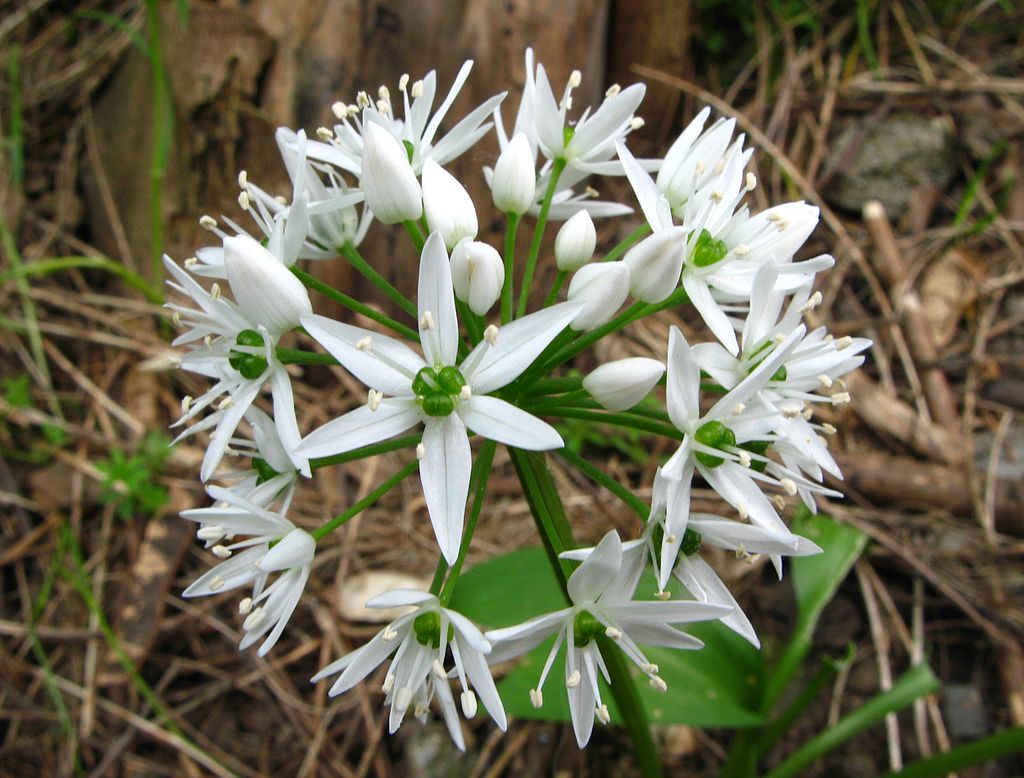
This is how the wild garlic can look attractive at the time of flowering, the wild garlic flower is very beautiful
After flowering, a seed box is formed on the plant. They are black, shiny, have a berry look.
Properties of culture, how is it useful
All varieties contain vitamins and minerals characteristic of wild garlic, this is a very useful set, including vitamins of group B, vitamins A, E, they contain many useful and necessary trace elements and minerals. The wild garlic also contains a lot of essential oils, amino acids, organic acids, sugars, etc. The wild garlic is a storehouse of vitamin C, its real battery. In terms of the content of this vitamin, it leaves behind even citrus fruits.
Growing tips and tricks
Ramson normally takes root in the summer cottage and garden plot. It does not require much attention - it is not a fruit or even a vegetable, wild garlic is not a berry, so there is less trouble with it than with other garden and vegetable garden crops.
What kind of care does she need? First of all, choose a suitable place - this can be the most shaded piece of land, for example, behind a country house or in the shade of a large fruit tree. It is better to fertilize the soil with organic matter before planting. Another requirement is acidity. The plant loves acidic soils.
It can be planted as before winter (in this case, sown with seeds), it is also possible in the spring, then it should be planted with bulbs from the previous sowing.Usually, a couple of bulbs grow from one plant per season.
Seeds should be scattered over the garden bed, pressed a little into the soil and sprinkled on top of dry leaves. The bulbs are planted in a row, keeping a distance of 20 cm and 40 cm of row spacing.
Little by little, but often - this is the requirement for watering. Drying should not be allowed, as wild garlic does not tolerate drought. Weed control - periodic weeding is carried out during the growing season.
